ENNEAMEDICINA: ON THE TRAIL OF THE SELF. Body/mind messages part two
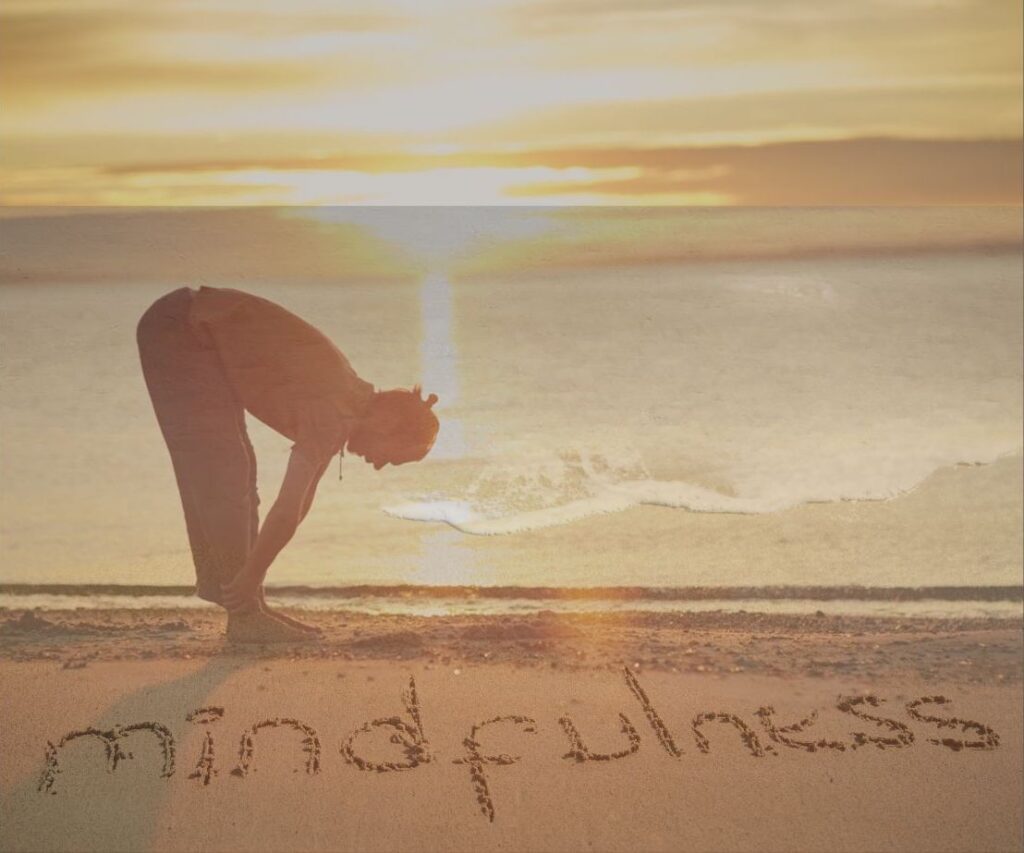
If the hours of the Lung are called the ‘hours of mourning’, in a symbolic sense the nocturnal awakenings unrelated to actual mourning remind us of the grief for our lost parts (Liliana Atz) by Liliana Atz (Part one) Continuing with the analysis of the viscera associated with the Lung, the Large Intestine, whose energy in EnneaMediCina is in motion between the three Centres (instinctive, emotional and mental), irrigating the nine points on the circle with its memories, recent studies have shown how the abdomen has its own autonomy and how 90% of the information departs from the brain in the belly and heads upwards. In fact, the tissues of the central nervous system and the organs of the gastric sphere have the same embryological origin, and what then connects them, via the autonomic nervous system (in the case under consideration Bladder, E.7), is above all the vagus nerve. In TCM, the psychological aspects combined with the Metal energy lodge tell of an internal attitude more or less disposed to exchange. Those who are too attached to mental, emotional or material aspects find it hard to accept exchanges and renewals and end up creating an internal situation of Qi (breath/energy) stasis and immobility with hyperactivation of the sympathetic SNS and blockage of the parasympathetic. The Large Intestine collaborates with the Lungs and governs the function of processing and discarding substances not assimilated by the body, whether in material or emotional form. The child’s attachment patterns, its experiences of feelings and emotions are recorded in the abdominal brain and from there move constantly through life on the circle of the enneagram activating responses to stimuli in a variable manner between several enneasymbols, making it difficult to recognise oneself in a single character type. The dialogue between the enteric and the head brain produces significant effects on both health and mood. If, for example, our temperamental traits in combination with the environment in which we grew up have led us to develop the mask of an E.4 – Lung, which in its hours of peak activity (3-5 a.m.) ‘brings to us the celestial message’ causing us anxious awakenings, is probably trying to awaken us to the needs of our essence, to the denied priorities of our most authentic nature reflected in the functioning of the entire body-mind locked in personality constellations. To conclude this brief examination, the organ linked to the viscera Bladder E.7 is the Kidney which is connected to the emotion of Fear.. The instinct to attack and escape has ensured the survival of the human species and is still deeply engrained in its DNA. This emotion especially sets two organs in vibration: Kidney and Heart, which in EnneaMediCina are placed in the centre of the triad of the inner triangle of the centre of the mind and emotions respectively (6 and 3). If it manifests itself acutely the Kidney loses its ability to hold energy leading to imbalances in the entire system, which reverberate through this emotion on all points of the circle (continued…). More on: Enneamedicine: The Five Ways of the Soul Note: The theory of attachment to a reference figure or caregiver was defined by psychologist and psychotherapist John Bowlby et other. Four types of attachment have been identified: secure, insecure avoidant, insecure ambivalent, disorganised.
LA PSICOLOGIA DEGLI ORGANI IN ENNEAMEDICINA – Parte II

La psicologia degli organi in EnneaMediCina – Parte II
ENNEAMEDICINA: ON THE TRAIL OF THE SELF. The messages of the body/mind part one
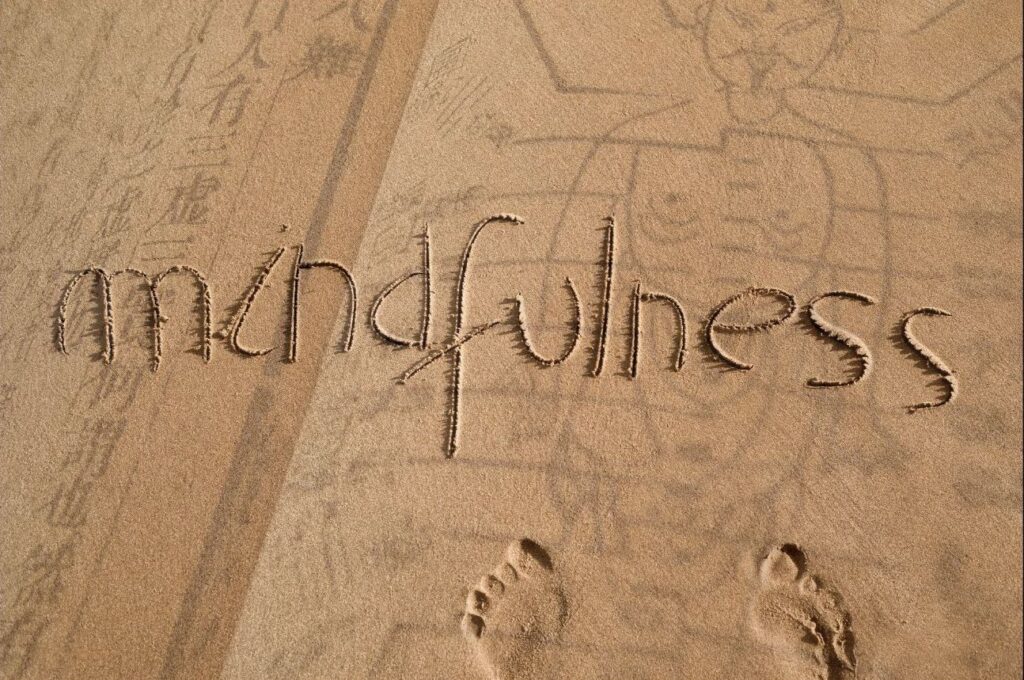
by Liliana Atz For Traditional Chinese Medicine (TCM), every living being is in continuous transformation and is subject to alternating phases of stopping and moving. According to this view, Man is influenced by a 24-hour energy cycle, which repeats itself every day and each organ/organ responds to this rhythm with periods of activity and rest (the so-called noon/ midnight law). For this energetic view, when a disturbance occurs recurrently at a certain time of day or night, it can be traced back to one organ (and/or meridian) rather than another, facilitating the diagnosis and unravelling of one’s psycho-physical-spiritual dynamics. A very frequent time of awakening is between 3 a.m. and 5 a.m., which corresponds to the peak of the Lung’s vitality. The Lung is part of the Metal energy lodge, which, quoting EnneaMediCina. The Five Ways of the Soul “symbolises a change of state, a mode of relating to the outside world, the ability to accept what is outside oneself and to communicate with the other, while remaining oneself.” The Lung in EnneaMediCina is paired with E.4 (Yin -rest), the most intense enneatype/enneasymbol of the emotional triad. This individual as a child felt unloved and unrecognised by reference figures and this leads him to experience fluctuating love-hate attitudes in relationships, where sadness alternates with competition and anger. Together with its associated viscera, the Large Intestine, it represents the creation of boundaries with the rest of the world. In those same hours (3 – 5 a.m.) on the other front, the organ (and/or meridian) of Bladder, E.7 (Yang-activity), is experiencing its phase of minimum activity. This psychological type tends to shy away from things that are too complicated and limiting, in the unconscious fear that stopping will bring it into contact with its own self. In EnneaMediCina, E.7 is connected to the Bladder organ/meridian, which in TCM is reflected on the autonomic nervous system via the pituitary gland and the endocrine system. One of its important tasks is the regulation of both physical, mental and emotional aspects related to the organs/viscera of the body (Zang/Fu). One can summarise here by saying that beyond the physical symptoms, which are nothing more than the materialisation of more subtle psycho-emotional aspects, what enters us with the breath of the Lung is reflected on the Bladder, in its neuro/endocrine aspect. Every emotional state such as love, fear, pleasure, pain, anxiety, anger, etc. with the complex nuances called feelings is conveyed in the body by specific hormones. We can therefore state that emotions and feelings not only participate in the memorisation of experiences, but are the mediators of most of the neurophysiological processes that regulate or block the functioning of the entire body-mind system. The activation of a stressful event makes the sympathetic autonomic nervous system operative, with changes in the endocrine system and the activation of a behaviour aimed at cancelling the triggering event, with overstraining of the body-mind. In other words, our nocturnal awakenings try to communicate to us how our most authentic part (essence) is not in tune with the mask we put on in childhood in order to survive. (continued…..) More on: Enneamedicine: The Five Ways of the Soul Note: 1. The Gestalt to which Claudio Naranjo’s enneagram refers originated with Fritz Perls around 1950 and embraces many aspects of different psychological models. It can be defined as a totality of a whole that makes up an individual, which is more than the sum of its individual parts. The influence of Eastern culture, particularly Taoism, in Gestalt is reflected in the vision of a human being composed of polarities that need to be integrated in order to develop physical, psychological and spiritual health. In Character and Neurosis Claudio Naranjo In his observations for a differential diagnosis between certain personality types he writes: ‘Four/seven. The contrast here is between depression and euphoria and also between guilt and the feeling of being OK. Moreover, the characteristics of Four are more closely related to the super-ego than those of Seven. In most cases Four expresses more anger than Seven, which manifests a kindness lacking spontaneity’.
The Triple Heater in EnneaMediCina.
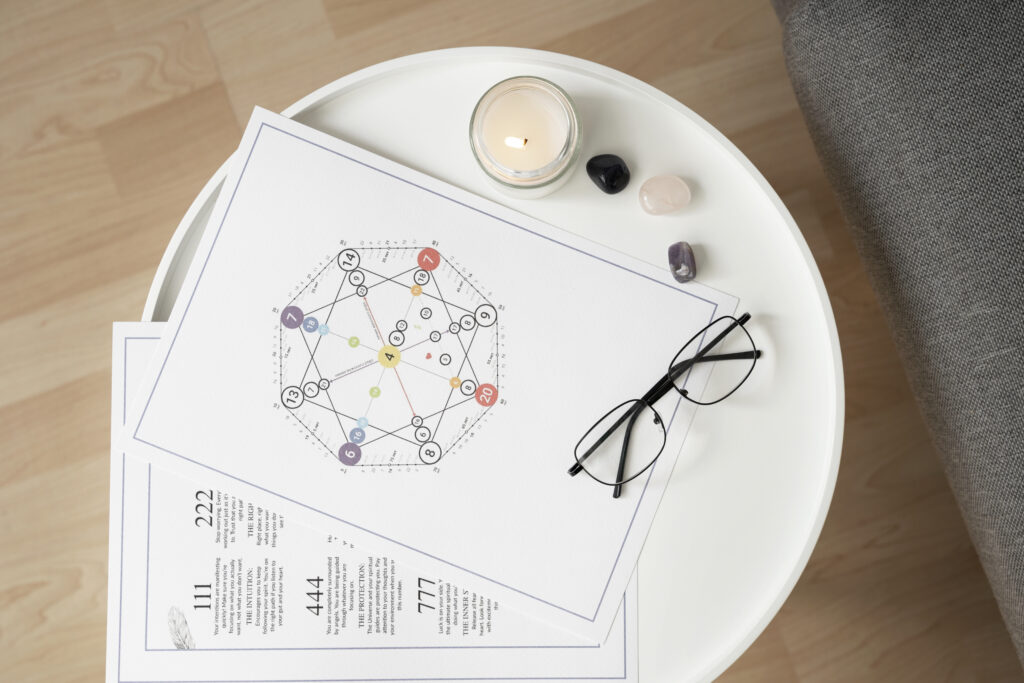
Edited by Liliana Atz Each person has his own psycho-physical structure, his own specificity which, in the light ofEnneagram psychology and the laws of Chinese Medicine is the result from the harmonious flow of emotions and feelings. In Chinese Medicine: “The impetuousness of Wood tends to become anger. Anger raises the IQ and affects the Liver. Cheerfulness, which tends to become excitement, lowers IQ and affects the Heart. Thinking that becomes repetitive, obsessive, “knots” the IQ and affects the Spleen. The concern affects the Spleen and Lung. Shrinkage, which tends to become sadness, sadness dissolves, disperses IQ and affects the Lung. Caution that tends to become fear, fear causes IQ to drop and affects the Kidneys. Fear (KONG) and dread (JU), linked to the Kidney, immediately destabilize the Heart, it is shock!”(P.Larre) Where physical or emotional imbalance occurs, therefore, it is the organ and/or viscera connected to the element, the predominant structure characterizing the individual EnneaSimbolic types that are the first to signal disharmony. This is all referred to in Epigenetics as “psychological wounds related to limiting patterns and beliefs,” or said in other language, as the passions and fixations of the Enneatypes make people move compulsively within a circle of which there is no exit. According to PNEI, emotions are biochemical facts that result in cascades of molecular messages, which reach the body, including the immune system, establishing a continuous dialogue between the nervous, endocrine and immune systems, determining health or disease. Recurring physical and/or psychological disorders can therefore help in the identification of one’s psychological typology connected to one of the three centers and, therefore, in the identification of one’s Enneatype and related Passion and Fixation according to the EnneaMediCina model. If psyche and soma speak a single language, according to the emotional/functional similarities of the three centers of intelligence, one identifies Anger as the emotion – background noise – that characterizes the types located in the instinctive center of the Enneagram. Anger expressed regarding Enneatype (E.) 8, not felt for E.9 and repressed (not accepted) by E.1. The latter type in EnneaMediCina connects to the Viscere Triple Hearth. It is considered one of the six Viscera of the M.T.C. that has no form and location of its own. In Western Medicine it can be summarized as the functioning mechanism of the lymphatic and hormonal immune systems. The Triple Hearth is divided into three parts: – the Upper Hearth with the functions of respiration and circulation is represented by the Lung and Heart; – the Middle Foculum with the Stomach, Spleen, Liver and Biliary Bladder is in charge of digestive and processing functions. – Finally, the Lower Focus governs the Kidneys, (for some) the Liver, Intestines, Bladder and sexual organs, deals with absorption, reproduction and evacuation. Its control is over the deep and peripheral circulation, which also involves the emotional aspect of the individual. Emotions affect the diffusion of Qì (energy) in the organs/viscera which, through the Meridians/Channels is channeled throughout the body by the Triple Heater. Qì circulation in the Meridians influences the psychological processes of extroversion/introversion, thus affecting both emotional and physical balance. It is clear from the above that the importance of the “operation” of E. 1 which in EnneaMediCina encapsulates the “nourishment” of the other types. Symbolizing the movement of energy in the body and thus the flow of each new cycle allowed or interrupted by E. 9 (Liver), E.1. rhythms its movement, its evolution and its blockages. Good functionality of this Viscera allows one to open up and connect to the consciousness of one’s inner reality as well as self with the rest of the world. People with T.R. imbalance tend, in fact, to be very cautious and tend to be alert to possible external threats. This is reflected in their muscular and postural rigidity and extreme caution in relationships, masked by an apparent sociability. This type depending on the most activated Foci(s) can manifest with imbalances both physically and mentally, such as osteoarticular pain, manic behavior, anxiety, depression, irritability, mental agitation…. . There is a strong connection between the R.T. and the Kidney, but I will discuss this in another article.
Interview with Liliana Atz: EnneaMediCina in search of pure well-being
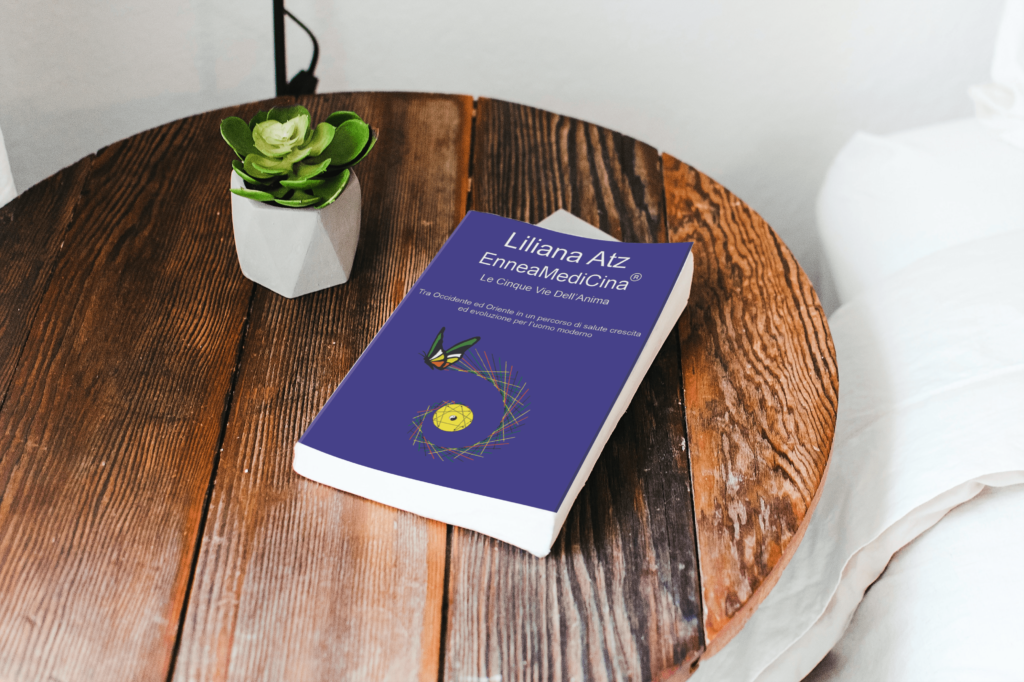
Friends of Read in Color we interviewed Liliana Atz creator and author of EnneaMediCina, psychologist, expert in Traditional Chinese Medicine, and trainer of Tai Chi Chi Kung and Shiatsu, has been teaching for many years. An advocate of the commonalities between Eastern philosophical-therapeutic disciplines and Western scientific culture, Dr. through EnneaMediCina, she makes her knowledge available to help people pursue personal growth by working on both the body and mind. We were fascinated by his guidebook “EnneaMediCina-The Five Ways of the Soul” a journey into the holistic global view of the person, a phenomenon that probes deeply into life and the soul, between Western and Eastern cultures, in search of our physical-psychic-spiritual well-being. We asked many questions to the author who without any hesitation explained every interesting detail clearly and directly. Is there really a possibility that Oriental medicine can bring great innovation? Eastern culture has already brought about great change over time. We are experiencing a momentous shift in scientific thinking from a symptom-oriented view to a perspective oriented toward the holistic, comprehensive view of the person. So is it true that Western and Eastern medicine can really join forces to deal with people’s general malaise? Our Western cultural model has led us to compare, to seek the infinitely small, to separate, divide, sectorize. Our minds are forged according to the schema of right/wrong, good/evil, health/disease. The Eastern cultural model, on the other hand, has a different, more holistic, global view of reality, and health is not at odds with disease. Simply put, what is it all about? These are just different aspects of the same phenomenon, since history has only divided the tasks: the West has been assigned that of research, experimentation, the risk of going beyond, of knowing and mastering matter, of exalting man’s power over nature (microcosm, the infinitely small). To the East, the task of preserving dominion over energy, of maintaining spirituality and inner quest, repudiating the exaltation of the ego, of the harmony of man in contact with nature and in respect for creation (macrocosm-the whole). Only by bringing these aspects together can the human being of our time cope with his or her general malaise. It’s really amazing, you are a teacher, psychologist, and have been involved in different disciplines, how did you come to EnneaMediCina? EnneaMediCina is the result of a long journey of study, of a great curiosity of mine, conveyed by an existential malaise that sought answers and that guided me along a path that, now, finds increasing confirmation in scientific studies and cutting-edge theories of psyche-soma functioning. The Enneagram is a symbol of representation of the whole of reality, a dynamic model that synthesizes the Universe at both the macrocosmic and microcosmic levels, grouping the different human types into three centers and nine personality types. Tell us about Chinese Medicine, which as far as I could tell from your book, plays an important role in all of this, doesn’t it? Chinese Medicine, finds its foundation in the ancient Chinese medical-philosophical culture, for which man is the result of the mixing of the energy of the parents at the time of conception of the new being, but not only that, as the energo-astral movements are also included, as well as the situation in which the union took place: whether in time of peace rather than war, between people in love, rather than as a result of an act of violence, etc…. For a long time Western medicine has studied human beings by making refined dissections of systems, organs, and tissues, thus managing to obtain an extraordinary amount of mechanistic information, but losing sight of the whole person. The five phases (Wu Xing) of Chinese philosophy, which follow each other in the cycle of generation indicated by the arrows, connoted by yin and yang moments: wood, fire, earth, metal, water, corresponding to the organs liver, heart, spleen, lungs, kidneys, and their related emotions (Source: Wikipedia) Where can EnneaMediCina take us? EnneaMediCina is guiding a journey of awareness in that human beings are integrated and not fragmented, are active participants in their own overall health and not helpless victims of the vagaries of chance or inescapable genetic inheritance. In addition to your own, are there any specific testimonies that can give prominence to these studies? Chinese MediChina is an ancient discipline that has recently been recognized by the World Health Organization. Enneagram psychology has been adopted in many areas of research, by various religious orders, as well as by modern Transpersonal Humanistic Psychology. The study of the Enneagram is very active in Europe, Japan, Australia and the United States, where it has also been included as a subject of study in several universities. Some interesting reviews of the book are available on the official website. The book addresses level 1 but is divided into 5 important aspects, what is the main point of your book? In Chinese Medicine, which is a vibrational medicine, Fire, Earth, Metal, Water and Wood express the five vibratory characteristics of Qi (energy), which appear in the Universe and in man and which, combining with each other, according to the principles of Yin/Yang, give rise to a plurality of psycho-physical-emotional responses, now scientifically explained by Western science. The Enneagram, defines nine personality types from nine traps, passions or sins that block the infinite possibilities contained in power in the DNA of our cells. Behind the interpretation of reality deformed from childhood by the subjective aspect behind which everyone learns to mask his or her individuality, in fact, lies the separation from the Self, but also from neighbor and the divine. Sins are, then, character exacerbations, preventing energy from flowing freely. Quantum physics and neuroscience agree in stating how our level of consciousness causes the nervous system to move, creating one among an infinite number of possible realities, both on an individual and collective level. We can then “turn our genes on or off” by putting ourselves in motion, experiencing life or blocking its flow in fear and
West: the genesis of life – excerpt from the book in…..pills

THE WEST: THE GENESIS OF LIFE Every man has his own story, but hidden from the visible world is a subtle world, a world of Creation. How is life generated, what lies behind a flower, an animal, a Man? Western science is told in EnneaMediCina. But there is another view of the world, of life, that is not yet sufficiently considered in the West. We will discover this world in the next video. Keep following us and don’t forget to to purchase the book and click below the video Youtube your LIKE! THE BOOK: “………The programme contained in the fertilised egg differentiates into three interdependent sub-programmes that give rise to autonomous cell development lines: the endoderm on the inside, the mesoderm in the middle and the ectoderm on the outside. It is the latter that, in the course of evolution, increases most in complexity, creating the nervous system, which can be broken down into interconnected and cooperating structures, called the central and peripheral nervous system The function of the central nervous system is to complement and coordinate sensory perceptions originating from both outside and inside the body and to create motor responses that initiate or regulate the functions of specific structures such as muscles or glands. The peripheral nervous system is divided into two main parts called the somatic nervous system and the autonomic nervous system. The latter, in turn, is divided into three parts: the sympathetic, parasympathetic and enteric nervous systems. The enteric nervous system can be likened to a huge chemical factory, because it produces the neuromediators with which it communicates via the autonomic nervous system with the head brain. The head, the ‘bank of emotions’, as well as the abdominal brain, collects and stores all reactions, data and stresses, including negative emotions, which make this axis hypersensitive throughout life ……” https://youtu.be/RTeSEdrvyY0
Excerpt from the book in…. Pills – Part 1: Preface
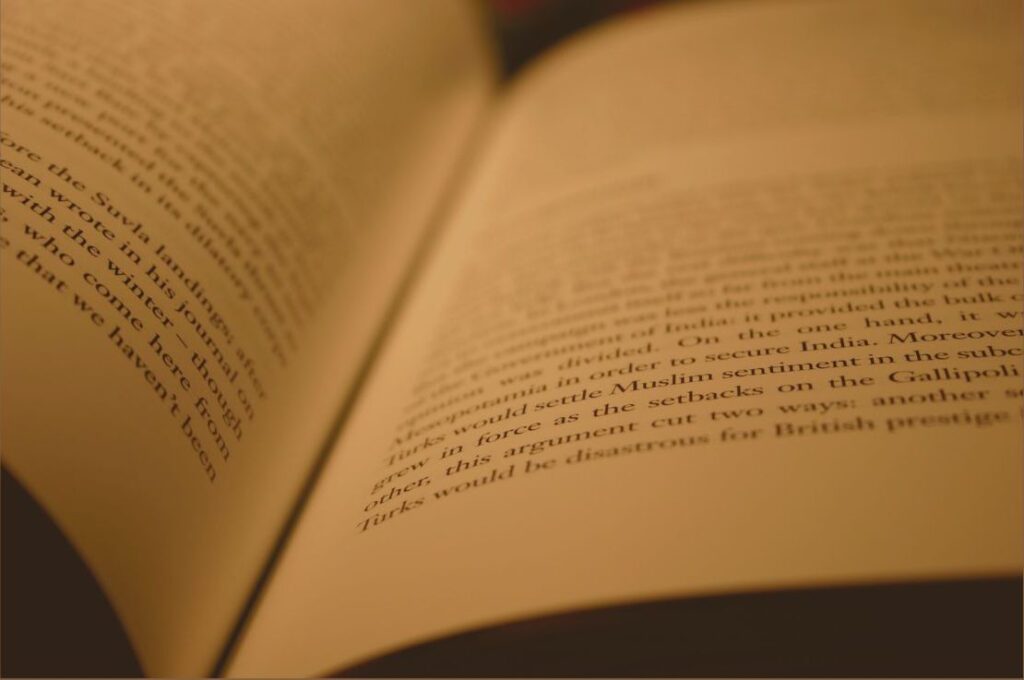
This video will begin a series of introductory readings to the personal and spiritual growth proposed in EnneaMediCina. The Five Ways of the Soul. The series, edited by Liliana Atz, aims to introduce the understanding of the text in its many facets. The complex period we are living in requires innovative “tools” that lead to broadening one’s view of the world and sense of the new reality around us. “…If we were to imagine going back as far as the beginning without a beginning, before before, we would find the dark and boundless extension of infinity and, in it, observe the generation of a spiral that would give birth to other spirals, all bearing the basic information contained in the infinite vibration….” https://youtu.be/_Fz39c-l_9g
EnneaMediCina: ready to get started?

https://youtu.be/IoNS-Jn7vpI If you never ask yourself who you are and why you respond ‘ALWAYS EQUALLY’ to the stimuli of LIFE. If you slip into the CONFORMISM of the known and the ‘THIS IS HOW EVERYONE DOES IT’, this book is NOT for you! If you are looking for the MEANING of who you are, of what your life is driving you to BE EnneaMediCina IS the right book for you! Keep following us and don’t forget your LIKE!
EnneaMediCina at Live Social by Radio Dolomiti
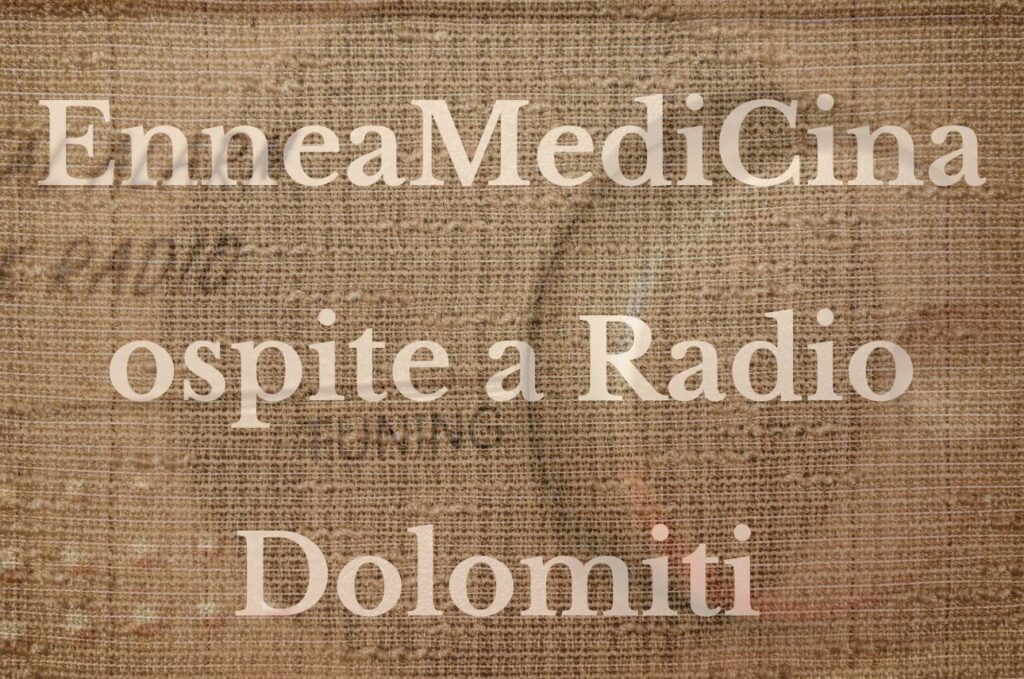
“EnneaMediCina: the Five Ways of the Soul” also becomes the name of the training course in a new and eclectic discipline of integrated wellness, the result of the union of ancient and new “Sciences for Man.” The EnneaMediCina project offers a training course mainly characterized by knowledge and methods, traceable to the union of Chinese medicine, Taoist alchemy and enneagram psychology, all expanded in the light of Western scientific vision.
EnneaMediCina: The Western View of P.N.E.I – Part II

The Western view. Every individual is the result of subtle, nervous, endocrine, hormonal work, as psychoneuroendocrinoimmunology also confirms. The endocrine system or hormonal system consists of a collection of glands and cells, which secrete substances called hormones. The endocrine system administers the functioning of the human organism in competition with the nervous system. The functioning of the endocrine system is characterised by a complex control aimed at precisely meeting the body’s needs. The following are part of the endocrine system: the pituitary gland, epiphysis, thyroid gland, parathyroids, adrenal glands, pancreas. Other organs also have an endocrine function: the ovaries and testicles, the myocardium (part of the heart muscle), the kidney, the thymus, the liver. The glands are all connected to the pituitary gland. It is through it that the modulation of hormones in the bloodstream takes place. The pituitary gland itself is then cadenced by the hypothalamus which, by a complex mechanism, regulates multiple functions of the body such as circadian rhythms, reproductive activity, blood pressure and body temperature, as well as the autonomic nervous system.The balanced functioning of the pituitary gland and hypothalamus, therefore, is crucial for the management of the entire body/mind system. An optimistic and positive outlook will induce a good functioning of this axis and thus a correct calibration of the main hormones. Conversely, a pessimistic outlook will produce imbalances that will have repercussions at different levels, which suggests how much one’s worldview is connected to and influences one’s state of health. Psychoneuroendocrinoimmunology Psychoneuroendocrinoimmunology (PNEI) delineates that field of research that includes several scientific-humanistic disciplines, apparently disconnected from each other, such as psychology, biology, neurology, immunology and endocrinology; in other words, the links that unite mind and body. This science investigates the relationships between the psyche, the nervous system, the endocrine system and the immune system, which, through the transmission in the body of molecules called neuropeptides, interact seamlessly with each other. Neuropeptides are called ‘psychic molecules’, as they do not only transmit hormonal and metabolic information, but emotions and psychophysical signals. Every emotional state such as love, fear, pleasure, pain, anxiety, anger, etc., with its complex nuances, called feelings is conveyed in the body by specific neuropeptides. The latter, with their receptors, have been found in every part of the body, especially in the blood, immune system and intestine, as well as in the nervous system. We can therefore safely say that emotions and feelings not only participate in the memorisation of experiences, but are the guarantors of most of the neurophysiological processes that regulate or block the functioning of the entire mind-body system. Self-awareness The cells that enable ‘self-consciousness’ are located in the brain; in particular, the structure involved in the integration of emotional stimuli is the limbic system. Multiple researches indicate that the amygdala and the hypothalamus, which constitute the central part of the limbic (emotional) brain and are delegated to the government of emotions and memories, are the brain sectors where most information and emotions flow. In the middle of the same area is the pituitary gland, the gland that guides and modulates the functions of all the other glands in the body. The limbic system establishes deep interconnections with the rest of the brain and with the body’s major apparatuses, such as the endocrine and immune systems, through the diffusion of neuropeptides, in which it is particularly rich. Many neuropeptides are hormones and perform their task through the Blood: it is’ through the white blood cells of the Blood, for example, that the immune system is activated to receive and transmit neurotransmitter messages that will carry their messages of health or disease. In the thymus, the gland located just above the heart, is, in fact, located the main seat of the complex T-lymphocyte generation mechanism. Science has now amply demonstrated how, in the mammalian brain, positive emotions facilitate the activation of a series of reactions that trigger the functions of the immune system, whereas depressive states cause an inhibition of resistanceimmune system. And from the Heart, through a complex mechanism, neurotransmitters go to influence the Hypothalamus. Each neuropeptide is likely to recall a precise ’emotional tone’, corresponding to a specific psychic situation.’ Conclusion We can therefore safely say that a correct practice of the so-called ‘medical gymnastics’, Tai Chi and Qigong, helping to increase the production and circulation of Qi in the body, simultaneously stimulates the circulation of Blood and emotions. Qi (Yang) is, in fact, but the most immaterial aspect of Blood (Yin), Blood that, in TCM, is charged with carrying the wills of the Emperor Heart to all bodily districts. A serene Heart calms all its ‘functionaries’ (Zang/Fu), reducing stress, allowing us to grow as conscious individuals who do not unconsciously burn off the Jing, the ancestral energy, which was given to us at conception and which determines the quality and duration of our existence. Source: http://www.scienzaeconoscenza.it/blog/medicina-non_convenzionale/pnei-psiconeuroendocrinoimmunologia
